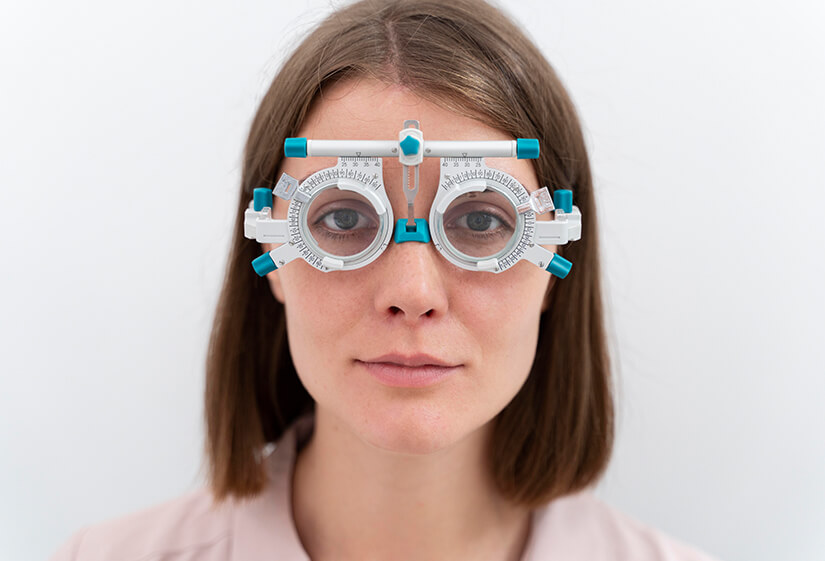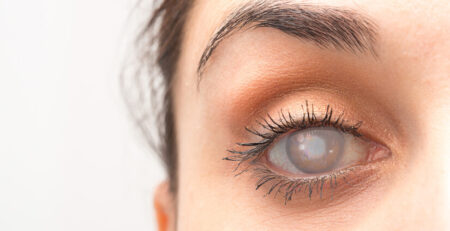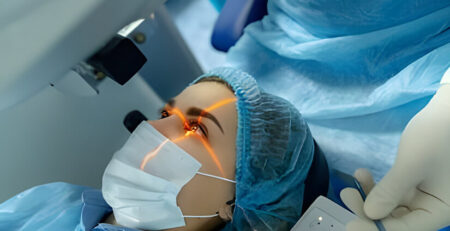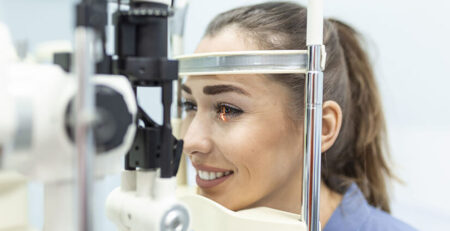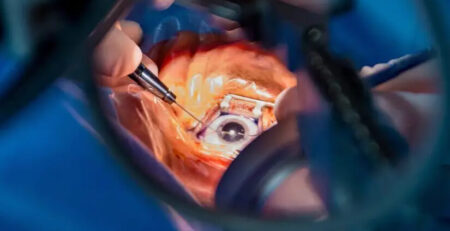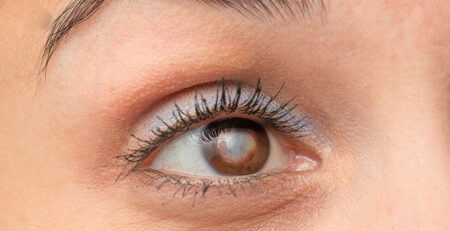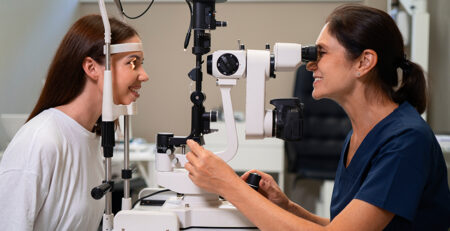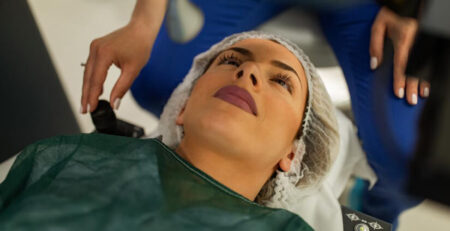What is the Standard Lens Used for Cataract Surgery?
Cataract surgery is a highly effective method for restoring eyesight affected by cataracts, which are protein deposits that grow on the eye’s natural lens. During surgery, the cloudy lens is removed and replaced with an artificial lens known as an intraocular lens (IOL).
However, when it comes to choosing an IOL, there is a major concern: Are there standard IOLs that can be used during the procedure? Thankfully, due to medical advancement, now there are more intraocular lens (IOL) alternatives than just a single “standard” lens. Let’s explore these options.
Standard IOLs
First, you must understand that there is no standard IOL lens. These are the monofocal lenses implanted during the surgery. However, these lenses provide clear vision at one distance and are typically set to correct distance vision. This means you will probably require reading glasses for close-up work like reading or using your phone.
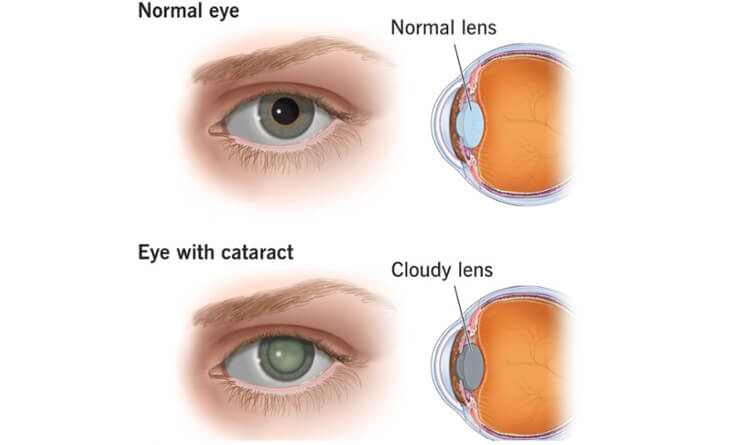
Premium IOLs
Now, you might be wondering if there is an alternative option to correct the vision at all distances. There is good news! As technology advances, more patients are moving towards premium lens options that offer a broader range of vision correction. Here are some popular premium IOLs for cataract surgery that will reduce your dependency on glasses:
Toric Lenses: If you have astigmatism, replacing your lens with a toric lens can make things clearer at one particular distance. Astigmatism can make your vision a bit blurry, so opting for a toric lens to correct this problem could really help improve your vision.
Accommodative Lenses: Unlike monofocal IOLs with a fixed focal point, accommodating IOLs are designed to replicate the human eye’s natural focusing capacity. These lenses tend to alter shape or position within the eye as the ciliary muscles flex, focusing light for close and distant vision.
Multifocal Lenses: A multifocal lens replacement can improve your vision over various distances, making it an excellent choice if you regularly shift your focus during the day. Imagine you are taking notes on a pad, looking up at your computer screen, and concentrating on a presentation across the room. In that case, an eye specialist in Delhi implants multifocal lenses to transition between different activities without changing your glasses every time.
Extended Depth of Focus (EDOF) Lenses: EDOF lenses represent a significant development in IOL technology. These lenses are intended to address a wide range of vision, including far, intermediate, and, in some circumstances, close vision. They provide an extended focus point within the eye instead of a single focal point like monofocal lenses. This lens reduces the need for glasses for most daily tasks, including driving and computer use. However, reading glasses may still be needed for close work or fine print reading.
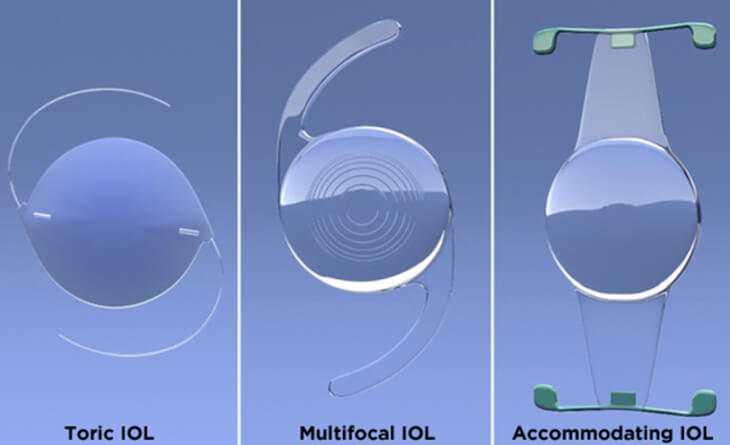
Make the Right Choice!
Cataract surgery no longer just restores clear eyesight; it also provides a chance to improve your visual independence. Monofocal lenses remain a reliable choice, but premium IOLs such as EDOF and multifocal lenses offer appealing chances for more glasses-free vision. Discussing these options with your ophthalmologist can help you make an informed decision that best suits your needs and lifestyle.

